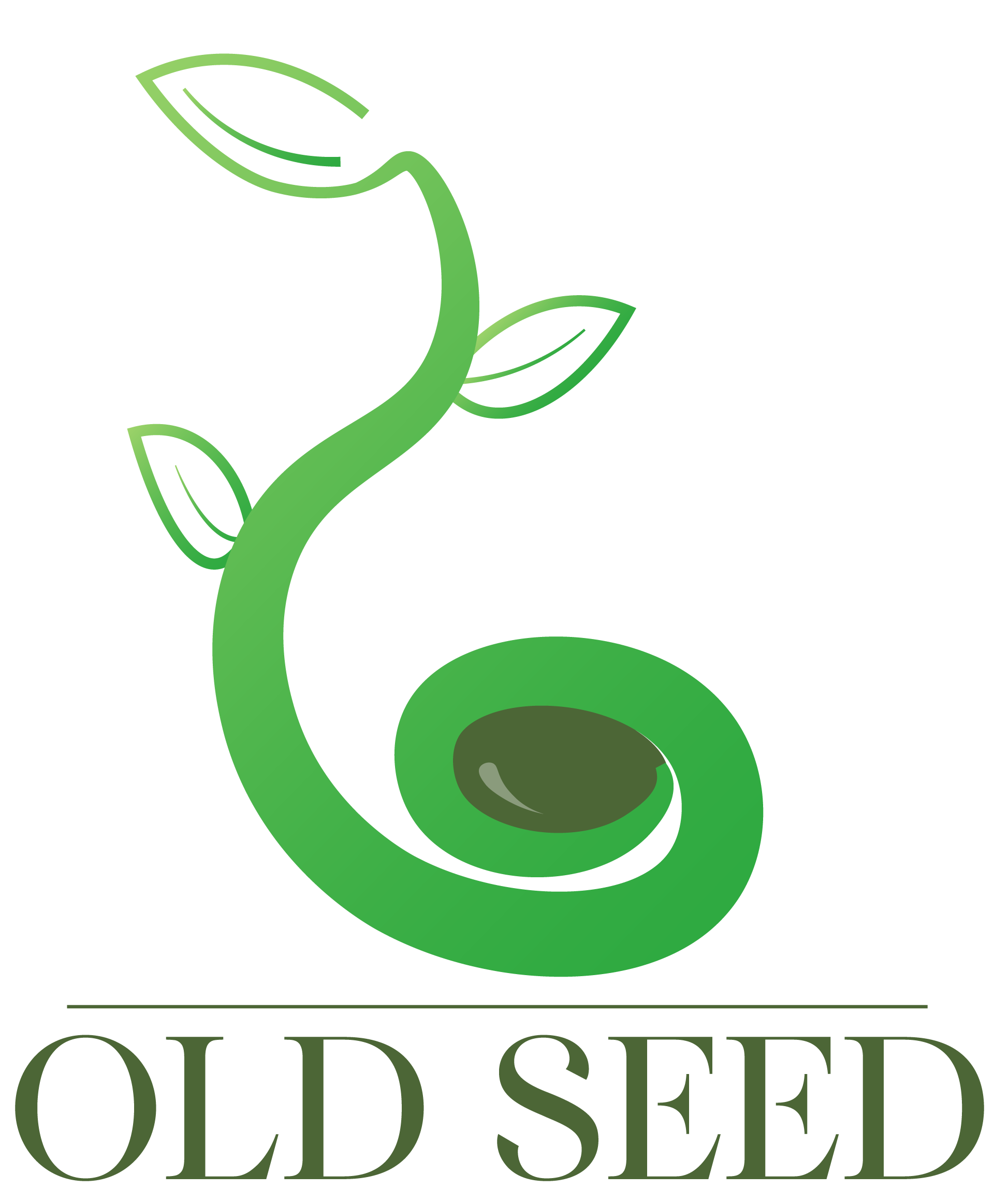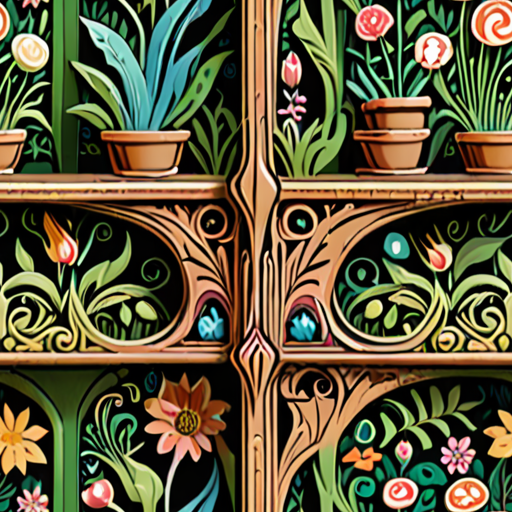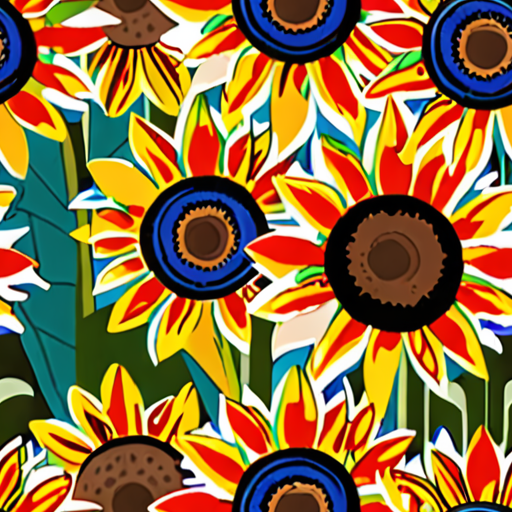As the world grapples with climate change, food security, and biodiversity loss, many individuals and communities are turning to innovative solutions to preserve and promote sustainable agriculture practices. One such initiative gaining momentum is the creation of seed libraries – community-driven repositories where people can save, share, and exchange seeds from diverse plant species. By building a thriving seed library, enthusiasts can access a wide range of heirloom varieties, support local food systems, and contribute to the preservation of genetic diversity.
Starting Your Own Seed Library
As a passionate gardener and advocate for sustainable agriculture, I’m excited to share my knowledge on how to establish a thriving seed library.
- Define Your Mission and Goals
- Gather Resources and Materials
- Build a Community and Network
- Develop a Lending System and Guidelines
- Host Workshops and Events
- Maintain and Evaluate Your Library
Determine the purpose and scope of your seed library, whether it’s to promote heirloom varieties, support local food systems, or educate community members about seed saving.
Collect high-quality seeds, seed packets, and storage containers. Consider partnering with local nurseries, farmers, or gardening organizations to access a diverse selection of seeds.
Reach out to fellow gardeners, join online forums or social media groups, and attend local gardening events to connect with potential borrowers and contributors.
Create a simple and fair lending process, including rules for borrowing, returning, and sharing seeds. Establish guidelines for seed handling, labeling, and storage.
Organize workshops, seed swaps, and other educational activities to engage your community, promote seed saving, and foster a sense of ownership among library members.
Regularly inspect and update your seed collection, track borrowing activity, and solicit feedback from members to ensure the library remains vibrant and relevant.
Key Partnerships and Collaborations
Consider partnering with local nurseries, gardening clubs, or extension services to access expertise, resources, and networks. These collaborations can enhance your seed library’s impact and reach.
Best Practices for Seed Saving and Sharing
Emphasize the importance of proper seed handling, storage, and labeling to ensure the long-term viability of your seed collection. Encourage members to document their experiences and share knowledge through blog posts, videos, or social media.
Seed Library Management Tools and Resources
Utilize online platforms, spreadsheets, or specialized software to manage your seed inventory, track borrowing activity, and facilitate communication among members. Explore resources like the Seed Savers Exchange or the Open Source Seed Initiative for guidance and support.
Getting Started with Your Seed Library
Begin by defining your mission, gathering resources, and building a community. As your library grows, continue to evaluate and adapt your approach to meet the evolving needs of your members and the broader gardening community.
Difference Between Seed Banks and Seed Libraries
We often get asked about the difference between seed banks and seed libraries, two concepts that may seem similar but have distinct purposes.
-
Seed Banks:
Seed banks are repositories that store seeds for long-term conservation and preservation. They aim to safeguard crop diversity by collecting, storing, and making available seeds from various plant species.
The primary function of a seed bank is to act as a safety net against crop failures, diseases, and pests. By preserving seeds, we can protect our food supply and ensure continued access to diverse crops.
Seed banks typically operate independently, and their collections are often managed by governments, non-profit organizations, or research institutions.
Some notable examples of seed banks include the Svalbard Global Seed Vault and the Millennium Seed Bank Project.
-
Seed Libraries:
Seed libraries, on the other hand, are community-driven initiatives that allow individuals to borrow, grow, and share seeds. These libraries often operate on a “take-a-seed, save-a-seed” model, encouraging users to harvest seeds from their own gardens and return them to the library for others to use.
Seed libraries promote seed saving, biodiversity, and community engagement. They provide a platform for people to learn about sustainable gardening practices, exchange knowledge, and connect with like-minded individuals.
Many seed libraries are run by local organizations, gardening groups, or community centers, and they often collaborate with nearby farms, nurseries, or botanical gardens.
Examples of successful seed libraries include the Richmond Grows Seed Library and the Seed Library of Los Angeles.
While both seed banks and seed libraries play crucial roles in preserving crop diversity, their approaches differ significantly. Seed banks focus on long-term conservation, whereas seed libraries emphasize community involvement and seed sharing.
As a gardener or farmer, understanding the distinction between these two concepts can help you choose the most suitable approach for your needs and goals.
At Old Seed , we believe in promoting sustainable gardening practices and supporting initiatives that conserve crop diversity. Whether you’re interested in seed banking or seed librarianship, we encourage you to explore these options and contribute to the preservation of our planet’s precious genetic heritage.
What is the Point of a Seed Library?
A seed library is a community-driven initiative that allows individuals to borrow seeds for free, with the understanding that they will return seeds from their harvest to the library.
- This model promotes biodiversity and reduces our reliance on large-scale seed companies, helping to combat seed monocultures that threaten global food security.
- Similar to a traditional library, gardeners can borrow seeds from the seed library at planting time, allowing them to access a diverse range of varieties and species.
The Benefits of Seed Libraries
- Preservation of heirloom and open-pollinated seeds, which are essential for maintaining genetic diversity and adaptability in crops.
- Support for local food systems and community engagement through education and outreach programs.
- Opportunity for gardeners to try new and unusual varieties, promoting experimentation and innovation in horticulture.
How Seed Libraries Work
Seed libraries typically operate on a simple exchange model:
- Gardeners borrow seeds from the library at planting time.
- They grow out the seeds and save a portion of the harvest.
- The saved seeds are returned to the library, along with any additional seeds the gardener has harvested.
This process ensures that the seed library remains stocked with a diverse range of seeds, available for borrowing by other members of the community.
Getting Involved with a Seed Library
If you’re interested in joining a seed library or starting one in your area, there are several steps you can take:
- Research local seed libraries and their operations.
- Contact the library directly to learn more about their policies and procedures.
- Consider volunteering or participating in events to get involved with the library and its community.
By supporting seed libraries and participating in their activities, you can contribute to the preservation of heirloom seeds, promote biodiversity, and foster a sense of community among gardeners and food enthusiasts.
Creating a Plant Library
As a gardener and advocate for sustainable agriculture, I’m excited to share my knowledge on how to create a thriving plant library.
- Step 1: Define Your Mission and Goals
- Step 2: Choose a Location
- Step 3: Design and Build Your Stand
- Step 4: Source Plants and Seeds
- Step 5: Develop a Maintenance Routine
- Step 6: Educate and Engage Your Community
- Step 7: Promote Your Plant Library
Determine what type of plant library you want to establish, whether it’s for personal use, educational purposes, or community outreach. Consider factors like space constraints, climate, and available resources.
Select a spot with adequate sunlight, ventilation, and accessibility. If possible, consider partnering with local libraries, schools, or community centers to host your plant library.
Create a sturdy and visually appealing stand using materials like reclaimed wood, bamboo, or recycled plastic. Ensure it has enough space for plants to grow and can withstand various weather conditions.
Collect a diverse selection of plants and seeds, focusing on heirloom varieties, native species, and those suitable for your region’s climate. Consider collaborating with local nurseries, farmers, or fellow gardeners to access a wider range of plant material.
Establish a regular schedule for watering, pruning, and fertilizing your plants. Monitor temperature, humidity, and light levels to ensure optimal growing conditions.
Host workshops, events, and online resources to teach people about plant care, propagation, and the importance of preserving biodiversity. Encourage visitors to participate in plant exchanges, seed swaps, and volunteer opportunities.
Utilize social media, email newsletters, and local press to spread the word about your plant library. Collaborate with nearby businesses, organizations, and influencers to amplify your reach and attract new supporters.
By following these steps and staying committed to your mission, you’ll be well on your way to establishing a thriving plant library that benefits your community and contributes to a more sustainable future.
Building a Library: A Step-by-Step Guide
As someone passionate about heirloom gardening and sustainable agriculture, I’m excited to share my knowledge on how to start building a library.
- Define Your Mission and Purpose
- Secure Funding
- Plan and Develop Your Collection
- Choose a Governance Structure
- Build or Secure a Physical Space
- Promote Your Library
Before establishing a library, it’s essential to define its mission and purpose. What kind of library do you want to create? Is it focused on heirloom gardening, sustainable agriculture, or a combination of both?
At Old Seed, we believe in cultivating a greener future through traditional gardening methods and sustainable practices. Our library aims to provide resources and inspiration for eco-conscious gardeners and farming enthusiasts.
Funding is crucial for establishing a library. Consider reaching out to local organizations, grants, or crowdfunding platforms to support your initiative.
You can also explore partnerships with like-minded businesses or individuals who share your passion for sustainable living.
Developing a collection is a critical aspect of building a library. Start by gathering books, articles, and online resources related to heirloom gardening and sustainable agriculture.
Consider collaborating with experts in the field to curate a diverse and comprehensive collection that meets the needs of your target audience.
A well-defined governance structure is vital for the success of your library. Determine whether you’ll have a board of directors, volunteers, or a paid staff to manage the library.
Establish clear roles and responsibilities to ensure smooth operations and decision-making processes.
Once you have a solid plan in place, it’s time to find a physical space for your library. Consider renting or leasing a location that suits your needs and budget.
You can also repurpose an existing space, such as a community center or a converted barn, to create a unique and functional library.
Finally, promote your library to attract visitors and users. Utilize social media, email marketing, and local advertising to raise awareness about your library’s existence and offerings.
Host events, workshops, and webinars to engage with your target audience and foster a sense of community around your library.
By following these steps, you’ll be well on your way to building a thriving library that supports your passion for heirloom gardening and sustainable agriculture.
Remember to stay up-to-date with the latest trends and best practices in library development and management to ensure the continued growth and success of your library.
What is a Plant Library Called?
A plant library is often referred to as an herbarium.
- An herbarium is a collection of preserved plant specimens, typically pressed between sheets of paper or mounted on cardboard, which are then stored in a controlled environment.
- The purpose of an herbarium is to preserve and study plant species, allowing researchers to examine and analyze the characteristics of various plants.
Types of Plant Libraries
In addition to herbaria, there are several other types of plant libraries, including:
- Botanical gardens: These are living collections of plants that are grown and maintained for educational and research purposes.
- Seed banks: These are specialized facilities that store seeds from a wide variety of plant species, often for conservation and research purposes.
- Greenhouses: These are enclosed structures that provide a controlled environment for growing plants, often used for research and education.
Importance of Plant Libraries
Plant libraries play a crucial role in the fields of botany, ecology, and conservation biology.
- They provide a valuable resource for researchers studying plant diversity and evolution.
- They allow scientists to identify and classify plant species, which is essential for understanding ecosystems and developing effective conservation strategies.
- They support the development of new medicines, foods, and other products derived from plants.
Conclusion
Plant libraries, particularly herbaria, are essential tools for advancing our knowledge of plant biology and conservation.
By preserving and studying plant specimens, researchers can gain a deeper understanding of the complex relationships between plants and their environments.
This knowledge can inform effective conservation strategies and lead to the discovery of new medicines, foods, and other products derived from plants.





0 Comments